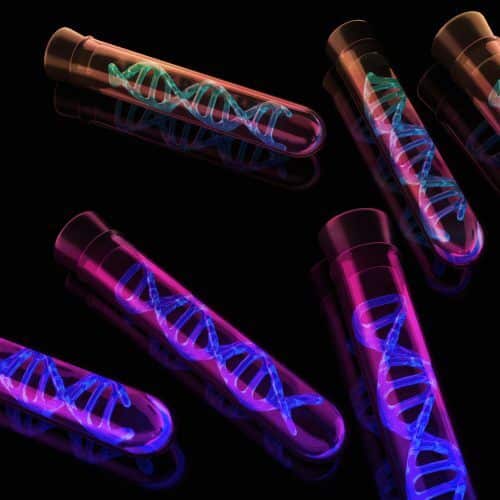A team of researchers succeeded in developing a nanometer optical detector that could, for the first time ever, effectively detect the chirality of molecules - a spatial property of the molecule that determines its biochemical properties

[Translation by Dr. Nachmani Moshe]
A team of researchers from the University of Central Florida succeeded in developing a nanometer optical detector that could, for the first time ever, effectively detect the chirality of molecules - a spatial property of the molecule that determines its biochemical properties. Determining the chirality of a molecule is a critical measure in the field of new drug development.
Imagine the molecules as having tiny hands. These two hands are not identical, but they are almost equally responsible for the same functions. You can grip, squeeze, punch and open your hands, regardless of whether you use your right or left hand. However, when focusing on certain functions, such as writing, it makes a difference if you are right-handed or left-handed. Scientists struggle to determine whether molecules have unique right-handed or left-handed functions, because their physical properties, such as length, weight, density, elasticity, etc., appear to be the same.
Researchers from the University of Central Florida have found a unique way to do this - the interplay between light and a nanostructure specially designed for this purpose creates a powerful chiral light field, known as 'superchiral light'. Such a nanostructure has no geometric chirality, and yet, it produces two light beams of opposite chirality (left or right) on demand. When the chirality of the beam and the material meet, just like shaking hands with our right hand, successful detection occurs. Thus, this rotating light field has the ability to search and locate any chiral molecule, for example, a drug, proteins or DNA segments. The light field allows scientists to "see" the tiny hands, so to speak.
"The determination of chirality is an essential tool in the drug development industry, when even newly synthesized chiral drugs have a fixed chirality obtained during the synthesis," said the lead researcher. "However, while one type of chirality is the active ingredient in the drug, the opposite chirality may be toxic or cause harmful side effects. As a result, the toxicological and pharmacological characterization of chirality plays a decisive role in the pharmaceutical industry and is required in accordance with the instructions of the authorities that approve drug marketing."
By being able to detect chirality at this level, scientists will have a better way to identify factors that can cause harmful side effects and even develop new life-saving drugs. The researchers were able to show that their method is four times more sensitive than other existing methods, without the need for extensive and arduous preparation of the sample and while using a much smaller volume of the material. The chirality detector, which consists of a single and tiny optical strip, and which is produced within the framework of an inexpensive nanoimprinting method that allows the coating of large areas, will inevitably lead to obtaining many benefits in the fields of drug development and identification of spatial structures of proteins, while obtaining important findings for the understanding and treatment of many diseases, according to the researchers

One response
Okay, the reported method detects the chirality of the molecules, but how is the separation between them done?